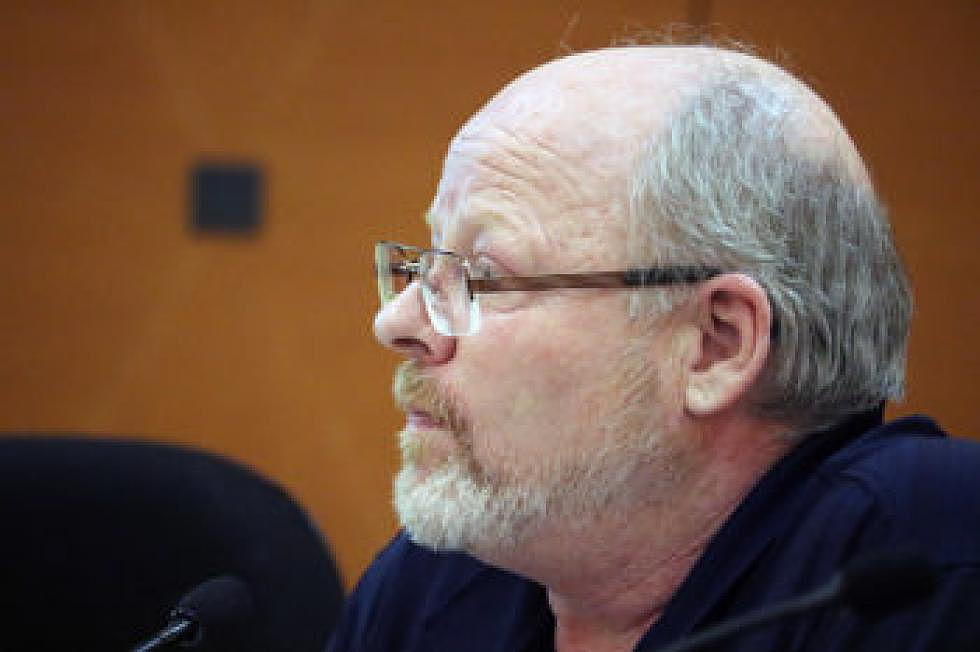
Service organizations see progress in Missoula’s plan to reduce homelessness
Darren Ashby spent 30 years battling addiction and substance abuse before he came to the attention of the Missoula Police Department. It was then, back in 2008, that he was arrested for manufacturing methamphetamine.
On Tuesday night at a community forum on homelessness, Ashby detailed his journey from addiction to recovery. His stint in prison saved his life, and his newfound community involvement has presented an opportunity to help others as Missoula works to end homelessness.
“I really started to learn that what was helping me the most was being accepted, being told I was valuable and really being welcomed into the community,” Ashby said. “I wanted to do that with other people, to meet them where they're at and let them know they have value, that they're accepted and they have the ability to move on from this momentary, brief and highly traumatic juncture in their life.”
Ashby, with Stepping Stone Counseling and a board member with the Missoula Interfaith Collaborative, joined a panel of experts at City Hall to discuss Missoula's progress in ending homelessness.
The issue served as the topic of discussion at this month's forum hosted by City Club Missoula, and it culminates this week with Project Community Connect and the annual point in time survey, which looks to establish a yearly benchmark by surveying the local homeless population.
Last year's survey found 344 homeless individuals in Missoula on a single night in January, down from 394 the year before. While the numbers are trending in the right direction, organizations across the city have refined their strategy to better serve – and lessen – the ranks of the homeless population.
“The biggest piece of coordinated entry is to ensure that people have rapid access to safe, long-term housing that's sustainable to them,” said Teresa Williams, a clinical social worker and the coordinator of the city's plan to end homelessness.
“It's really shifting to a homeless crisis response system,” she added. “It's going to take some time to get there. There's a lot of culture shifts and programming shifts that need to happen in our community.”
While the work evolves, efforts to add urgency to homelessness are working. And while each organization brings unique services to the table, the new coordinated approach has them working in tandem, or as one expert said, as “one agency with a single caseload.”
Cindy Weese, executive director of the YWCA, took over the Salvation Army's emergency housing program in 2009. The YWCA continues to serve women leaving an abusive relationship, but now, it's also helping two-person families find housing.
“When we took over that program in 2009, up until two years ago, we housed families for up to 50 to 60 days,” she said. “About 10 to 20 percent of them would be able to resolve their homelessness during that time. This last year, we were close to 80 percent moving into permanent housing and out of the emergency housing program.”
Weese said changes to the city's coordinated entry system have brought community partners closer together, enabling them to direct resources to the most vulnerable. Last year, she added, the YWCA's rapid rehousing program served 74 families.
“I think in the beginning there were quite a few challenges, and we've been slowly working on those through regular meetings and communication,” she said. “We thought all the homeless families in Missoula were coming to YWCA to apply for services. What we realized was, that's not true.”
The coordinated approach offers a single point of entry, after which an individual or family gets directed to the organization that can best resolve their situation. The change did away with potential cherry picking, and it has already made a difference, according to Will Gardner, a member of the homeless outreach team at the Poverello Center.
“Being around the table with agencies around Missoula really helps you get at what programs are helpful for certain individuals, what snags you might run into when using those programs, and telling you what programs you haven't heard about that might fit a particular challenge,” Gardner said. “It's been so much better with the coordinated entry system, having that goal of getting them into housing.”
While cynics may scoff at efforts to end or reduce homelessness, those working on the issue are driven by a common sense of hope, believing that change is possible. Many shared stores of helping a person in crisis, only to watch that individual rise up with a little help to make an impact on the community.
Missoula County Commissioner Jean Curtiss said local government has a responsibility to help, a point on which Missoula Mayor John Engen agreed.
“Intentionality is what this plan is all about,” Engen said. “What matters is that we have a goal of ending homelessness. Providing we chase that goal, we'll achieve it. This is about a community working together.”
